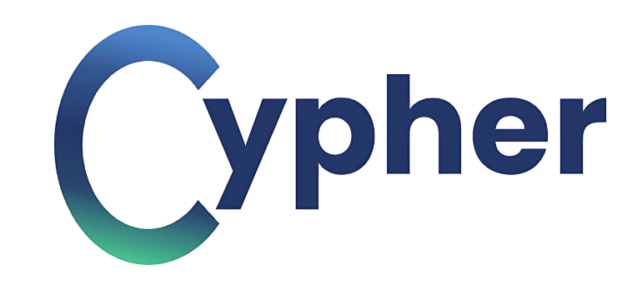
When Weston Baker joined Founder Files to share the origins of Morphic — an AI website-builder “agency” born from a bootstrapped creative studio — he emphasized one thing: you don’t raise money before you’re ready.
His words, “If we’d raised early, we might’ve built in the wrong direction.”
That insight, grounded in discipline, echoes across growth-stage founders trying to do more with less. But in 2025, the smart bet combines that bootstrapped mindset with AI power.
Let’s explore how founders can use AI for startups intentionally, building first, then automating for scale.
1. Start With Foundations
- Research shows startups that scale within their first year are 20–40% more likely to fail.
- Early capital often amplifies inefficiencies over productivity.
What does a foundation look like?
|
Area |
Why It Matters |
What To Do |
|
Financial Ops |
Investors want numbers they can trust |
Set up forecasting tools, track cash flow weekly, and automate invoicing |
|
Brand & Website |
First impressions count |
Ditch the template. Use a tool like Morphic to build a site unique to your brand |
|
Internal Processes |
Chaos kills deals, even with great growth |
Create SOPs for onboarding, payment collection, and team communication |
2. Layer AI For Startups Over Systems (Don’t Replace Them)
AI won’t fix broken systems, but when you’ve already got a process that works, it helps you move faster, cut down on grunt work, and make smarter decisions with less effort.
- 95% of finance leaders are currently investing in AI, with 75% of employees believing that automation could enhance their work-life balance
- Automation can process financial workflows up to 85× faster and reduce errors by 90%
- But 49% of finance teams still rely entirely on manual work
How Morphic did it:
Weston replaced creative roles with modular AI “agents,” enabling custom, on-brand web pages without hiring costly designers.
How Cypher does it:
We overlay tech on finance ops:
- AI-driven AR/AP pipelines
- Smarter, real-time forecasting
- Clean financial data with less manual lift
Compared to hiring, this is faster, cheaper, and infinitely scalable.
3. The 3-C Framework: Clarity → Control → Confidence
- Clarity
- Know your benchmarks: MRR, CAC, cash burn runway.
- Define brand voice and one-page site messaging.
- Control
- Build systems: billing automation, standard reports, deployed processes.
- Plug in AI tools for alerts and forecasts.
- Confidence
- Data-backed decisions: revenue trends, cash runway, funnel insights.
- Professional presence: modern website, clean financials.
- Investors see real answers, not red flags.
4. Real Examples
- Morphic: Bootstrapped agency that stayed lean until both systems and vision aligned. As Weston puts it, automation didn’t come in lieu of systems, it followed them. Their AI model only works because their workflows were predictable to begin with.
- Basis (accounting): After raising a $34 million Series A, Basis launched AI agents for bookkeeping, automating tasks like transaction entry and data validation. Early users such as Wiss reported 30% faster month‑end closes when transaction processing was handled by the AI .
- Citi report: Banking could see a $170B profit boost through AI, but benefits only materialize for systems that are already operational.
5. Why Investors Want Founders With Strong Systems in Place
Clean operations = lower risk
- Investors look for startups with audited financials, clear AR/AP pipelines, and structured processes because messy finances are a top red flag in due diligence.
Predictive modeling = credible forecasts
- Founders who can show unit economics, cash runway, and scenario analysis inspire confidence. Use forecasting as a strategic tool.
Tech + systems = scalable leverage
- VCs expect workflows to scale without headcount growth. Whether it’s AR automation or AI-driven financial modeling, leverage matters .
VC funding goes to efficiency, not ambition alone
- Due diligence prioritizes operational smoothness over big ideas. A strong internal engine wins more than a flashy pitch deck.
Why This Matters
- Startups with systematized operations are seen as lower risk and more investable
- They show they can scale revenue without scaling costs
- They demonstrate discipline and execution capability before raising capital
Final Word
Morphic didn’t automate creativity first. They built workflows, then “started replacing roles with AI agents.” That’s the right sequence.
Cypher’s mission is in this same spirit: We help you build core finance and ops systems, then layer in AI tools so every dollar spent, forecast made, and invoice sent is smarter, without expanding headcount.
A strong foundation plus the right tech stack makes your business scalable, investable, and built to last.
Ready to make the shift? Cypher integrates as your fractional CFO and finance team, systematizing and automating your financial operations so you’re built to scale.
